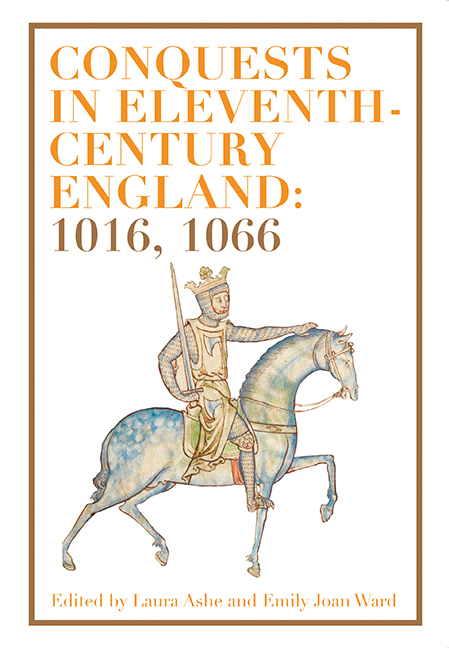2 - Why Did Cnut Conquer England?
Published online by Cambridge University Press: 26 April 2020
Summary
I pose a simple question, which can be given a very short answer: ‘Follow the money.’ The prize was unparalleled, England's wealth unmatched in Scandinavia. But a more elaborate answer would lie in the inevitability of a path set before Cnut was born. Viking raids had become a campaign of conquest; Cnut had grown up as his father Svein Forkbeard had pursued and won the English kingdom. By the time of Svein's death, Cnut had staked so much on succeeding to his father's crown, and in such a one-sided manner, that he had no alternative. His older brother Harald had succeeded to the Danish throne; Cnut's sole hope of gaining royal power lay in England.
Cnut the Great has been called ‘England's Viking king’. In order to understand the importance of his Viking heritage to his conquest of England in 1016, we therefore need to take a preliminary look at who Vikings were and what they did. Viking activity was about exploitation, the exploitation of other people, other communities and other societies. It was about the appropriation of resources belonging to others. This was, as Peter Sawyer insisted, ‘normal Dark Age activity’. The word ‘Viking’ was used in Old English to gloss the Latin ‘Cilix’, a Cilician, and the Cilicians were notorious pirates in antiquity. A Viking was not just any Scandinavian of the ‘Age of the Vikings’, therefore; he was, more specifically, a pirate from Scandinavia.
Peter Sawyer has claimed that ‘The Age of the Vikings began when Scandinavians first attacked western Europe and it ended when those attacks ceased.’ In the British Isles, Viking activity by people from Scandinavia began in the late eighth century when Beaduheard, the king's reeve who mistook the first Danish raiders in England for traders, lost his life for trying to bring them to the royal vill. A number of exposed monasteries were then plundered by Vikings who killed the monks and made away with whatever was precious to them: gold and silver, books or cattle. In the following century increasingly large Viking fleets appeared in England, as well as on the Continent, to loot towns and landscapes.
- Type
- Chapter
- Information
- Conquests in Eleventh-Century England: 1016, 1066 , pp. 23 - 40Publisher: Boydell & BrewerPrint publication year: 2020

